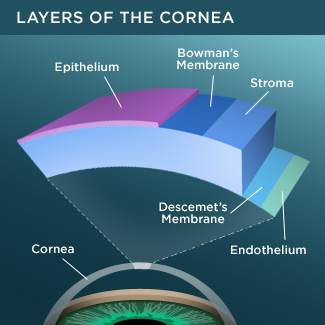Although the linear optimizers work well for low-dimensional registrations (e.g. Affine, rigid), non-linear optimizers are much faster for dens registration and generally when the parameter space is big (like BSpline registration).
The family of quasi-newton methods is popular, but these iterative nonlinear optimizers cannot handle the transforms with local support like displacement field transforms, so they cannot be used in high diffeomorphic registration (like SyN). It happens because:
1- these optimizers keep a history of previous updates to estimate the Hessian matrix from the successive gradient vectors.
2- in diffeomorphic registration, the “regularization” process changes the optimizer outputs, so it causes conflicts with the values that are saved in optimizer internally for the estimation of Hessian matrix.
Although the above issue can be avoided if the optimizer is fed with Hessian matrix before each iteration, computing the Hessian matrix is almost impractical for dense transforms like displacement field transforms.
To come up with this problem, the Hessian matrix estimation can be transferred to one level up outside of the optimizer. Having the regularization outputs the Hessian matrix can be updated using a method that is used in Quasi-Newton algorithms.
By doing the estimation outside of the optimizer, it does not need to keep track of the previous values internally, so the conflict issues will be fixed.
After the implementation of the above method, we can compare the accuracy and the speed of the registration process to the case when linear methods are used for optimization. |

